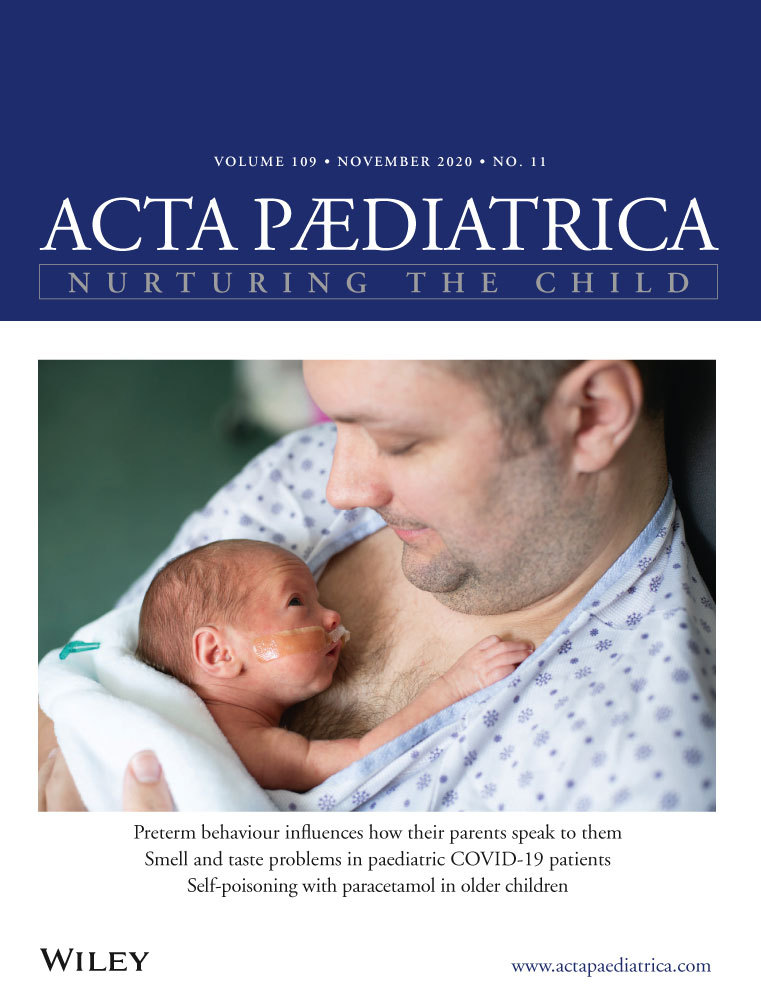Troponin T correlates with MRI results in neonatal encephalopathy
Funding information
The funding for this work was provided for through the National Children's Research Center, Dublin and the Royal College of Surgeons Ireland.
[Correction added on 16 September 2020, after online publication: The eighth author, Veronica Donoghue was previously ommitted and has been added in this current version.]
Abstract
Aim
Troponin is a sensitive marker of asphyxia in term infants mirroring the myocardial injury sustained in global hypoxia-ischaemia. In addition, troponin is a sensitive marker of severity of stroke in adults and neonatal encephalopathy (NE). We aimed to examine the relationship between troponin T in infants with perinatal asphyxia and brain injury on MRI and correlate with neurodevelopmental outcome.
Methods
Serum troponin was sampled in infants requiring resuscitation at birth and/or neonatal encephalopathy in a tertiary referral neonatal centre. Birth history, clinical parameters, neuroimaging and developmental outcome (Bayley Scores of Infant Development [BSID] III) were evaluated.
Results
Infants with perinatal asphyxia (n = 54) had serum troponin T measured and 27 required therapeutic hypothermia. Troponin T levels on days 1 and 2 were predictive of need for TH, development of seizures and grade II/III NE (AUC = 0.7; P-values < .001), troponin T levels on days 1, 2 and 3 were highly significant predictors of mortality (AUC = 0.99, P-values .005). The cut-off values of troponin T for best prediction of mortality were 0.84, 0.63 and 0.58 ng/mL on days 1, 2 and 3, respectively. Troponin T on day 3 of life was predictive of injury in the combined area of basal ganglia/watershed on MRI (AUC 0.70; P-value = .045).
Conclusion
Infants with brain injury on neuroimaging following perinatal asphyxia had significantly elevated serum troponin, and troponin also correlated with developmental scores at 2 years. Further studies combining troponin and MRI may assist in the classification of neonatal brain injury to define aetiology, prognosis and response to treatment.
CONFLICT OF INTEREST
The authors of this paper have no conflicts of interest to disclose.




